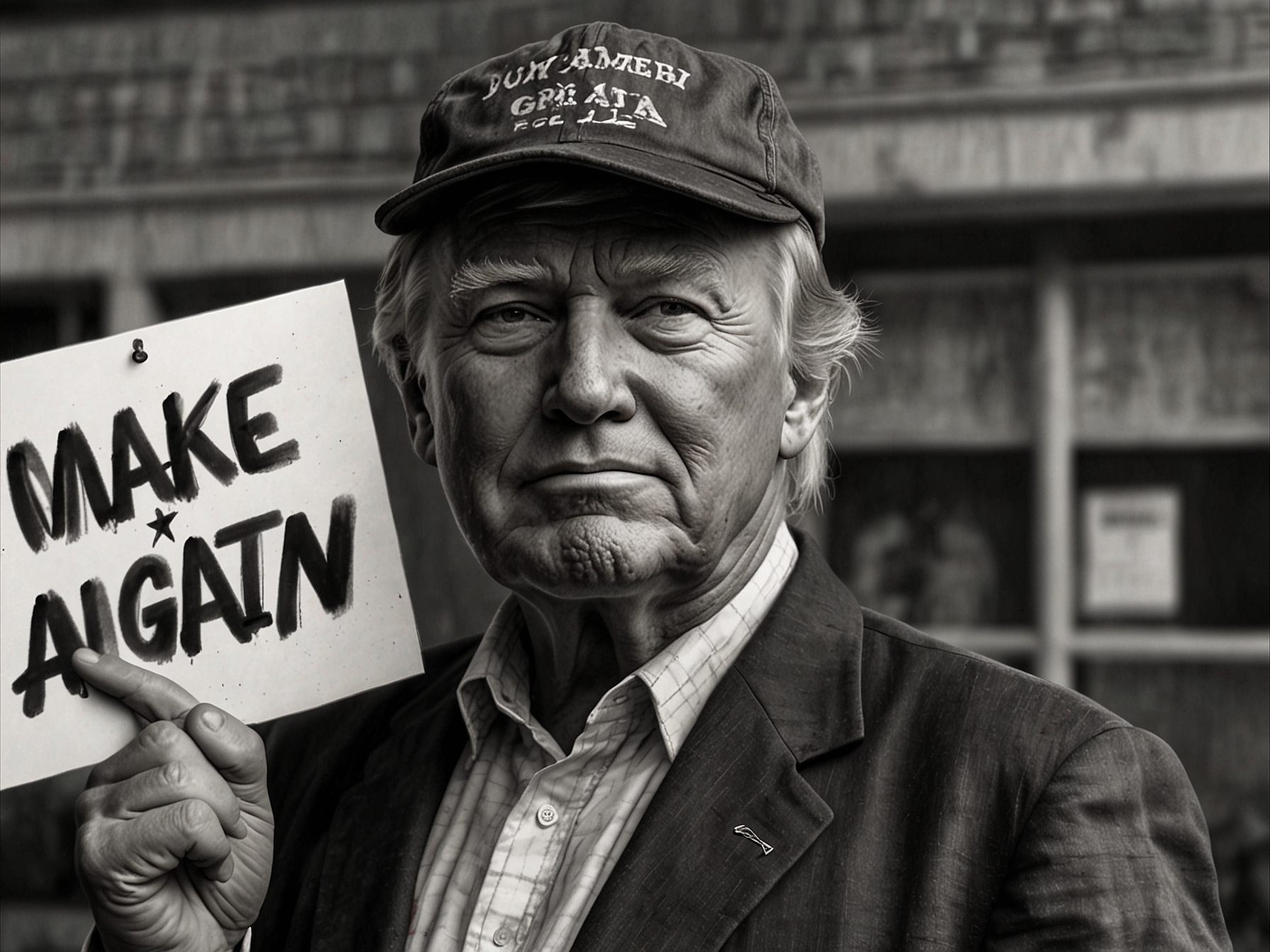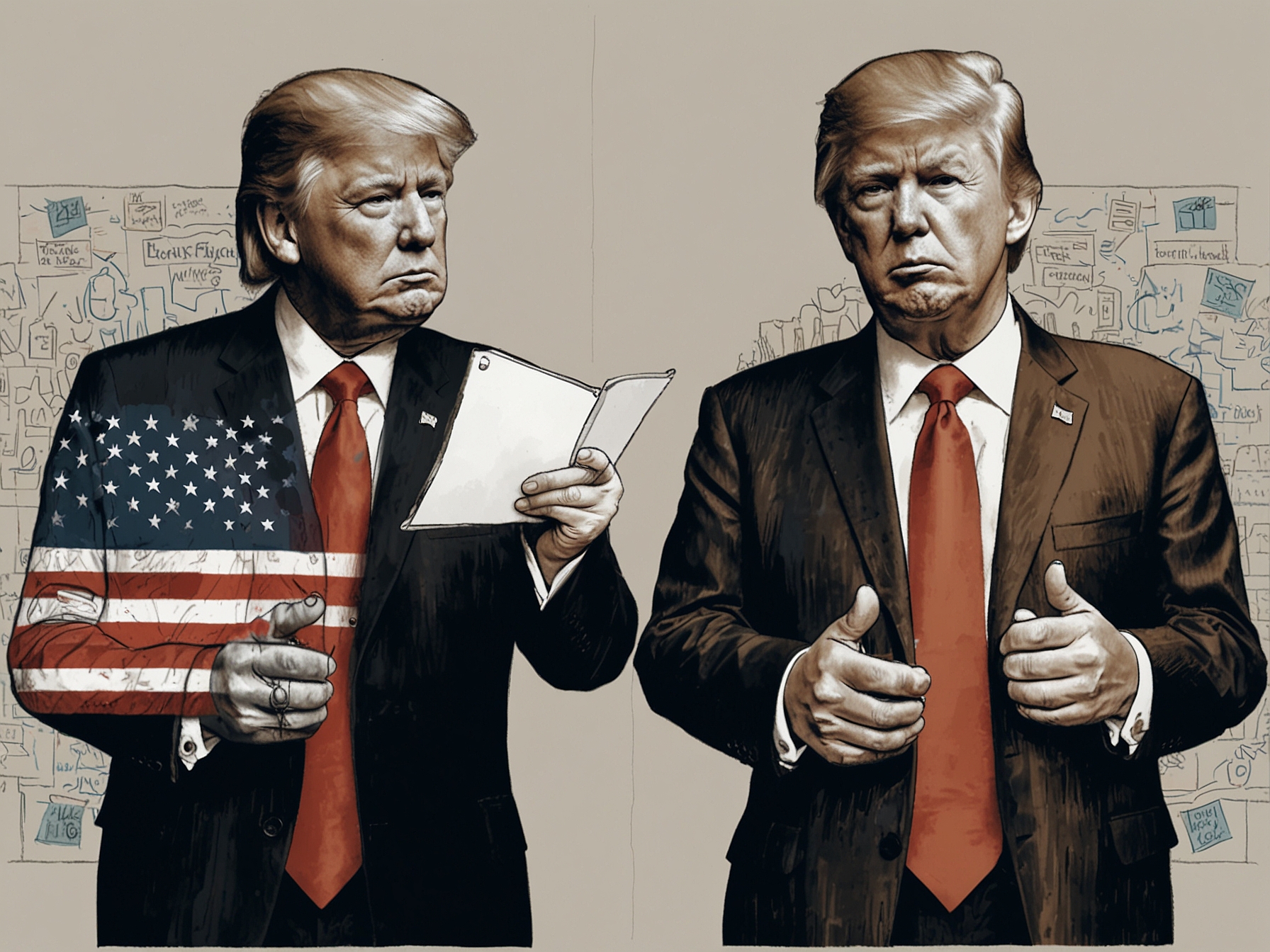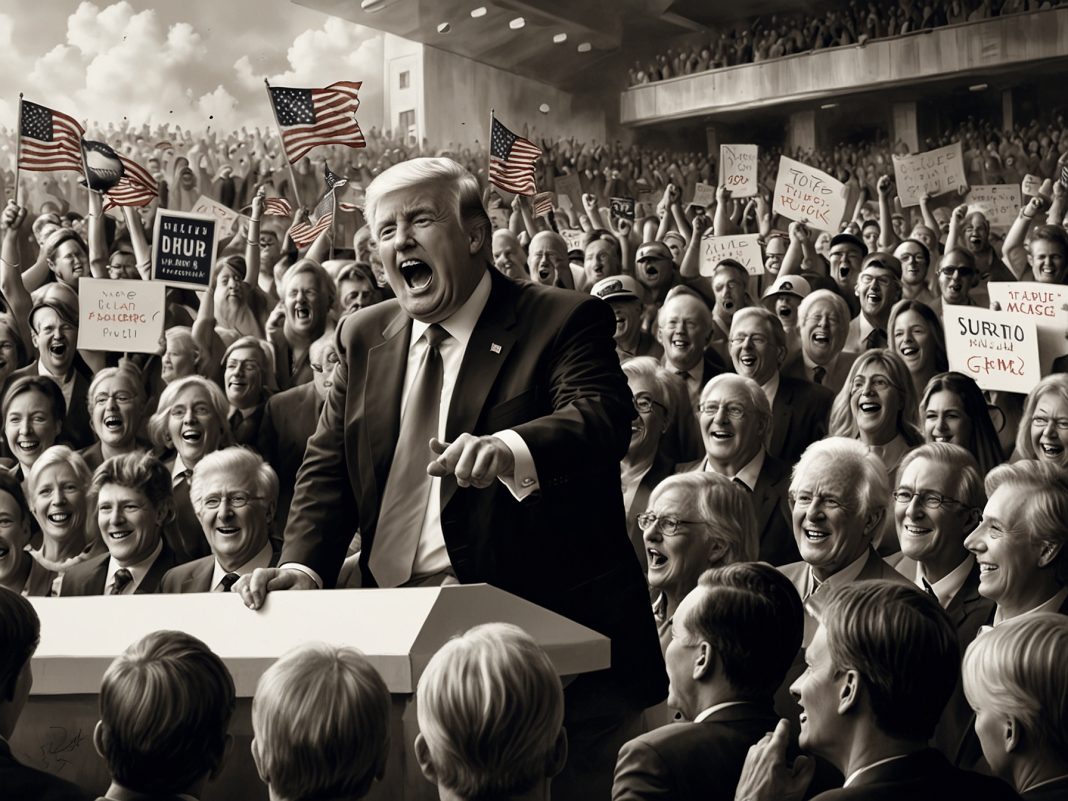How did Trump manage to win? This question lingers. It’s easy to dismiss the results as mere luck or predictable partisan trends. Yet, the reality is far more layered.

Trump’s campaign tapped into deep voter sentiments. Many felt unheard and overlooked. It’s a phenomenon we can all relate to, at least to some extent. Think about times you felt your views didn’t matter. That’s how millions felt.
His team focused on issues close to home. From economic struggles to rising crime, these topics hit at the heart of American lives. Voters saw him as a champion for change.

But what strategies did he actually use? Rallying support in rural areas was key. Trump’s charm connected with voters who felt ignored by mainstream politicians. It’s a reminder of the power of personal connection.
Social media played a massive role too. Trump leveraged platforms to bypass traditional media. This approach created a direct link with followers. It felt immediate and personal, sparking real conversations.

As the election loomed, turnout was crucial. Trump’s messaging rallied his base. They didn’t sit idly by. Instead, they showed up, passionate and ready to vote.
Looking at the results, it’s clear: emotions ran high. Many Americans were not just voting for Trump, but against the status quo. The fear of losing ground motivated many to march to the polls.

Is this a wake-up call for other politicians? It certainly feels that way. The results reflect a larger shift in political dynamics. It’s a challenge for the establishment to reconsider its approach.
Ultimately, Trump’s win is a story of connection, emotion, and strategy. It raises eyebrows and sparks conversation. For many, it is a moment to reflect on what this means for America’s future.




